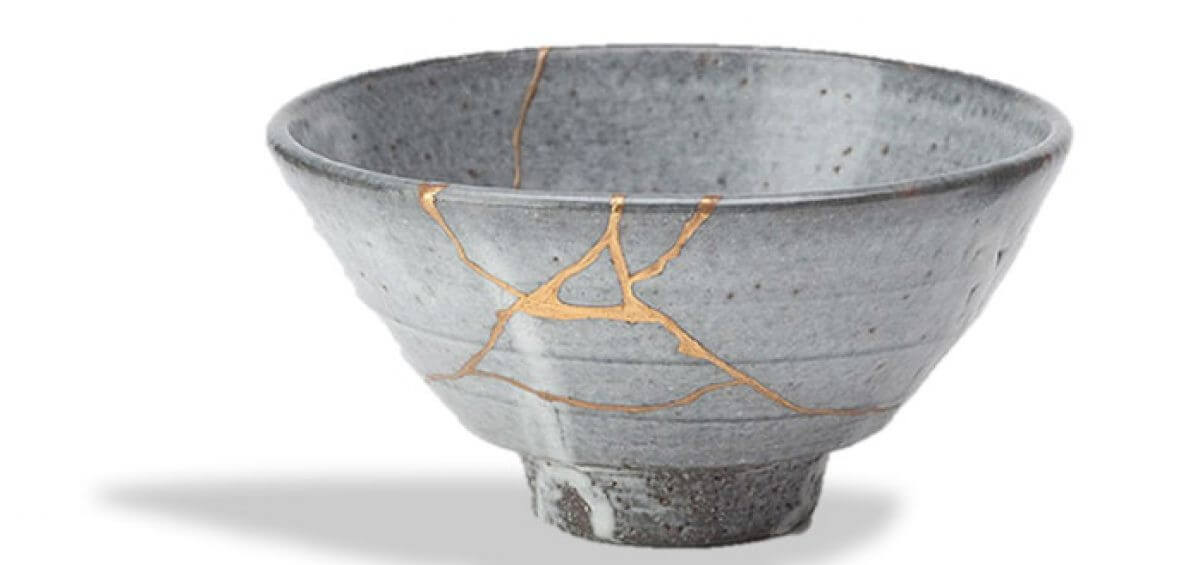Nimbus, a cloud document management system that gives you a single integrated solution which effectively replaces up to
half a dozen standalone commonly used web apps. Nimbus gives you cutting-edge cloud
document management. Combine server file storage with email marketing, digital document signing,
shared document editing, webform checklists and practice management integration to make your complete
paperless office.
Download
Features eBook
Download
Features eBook

